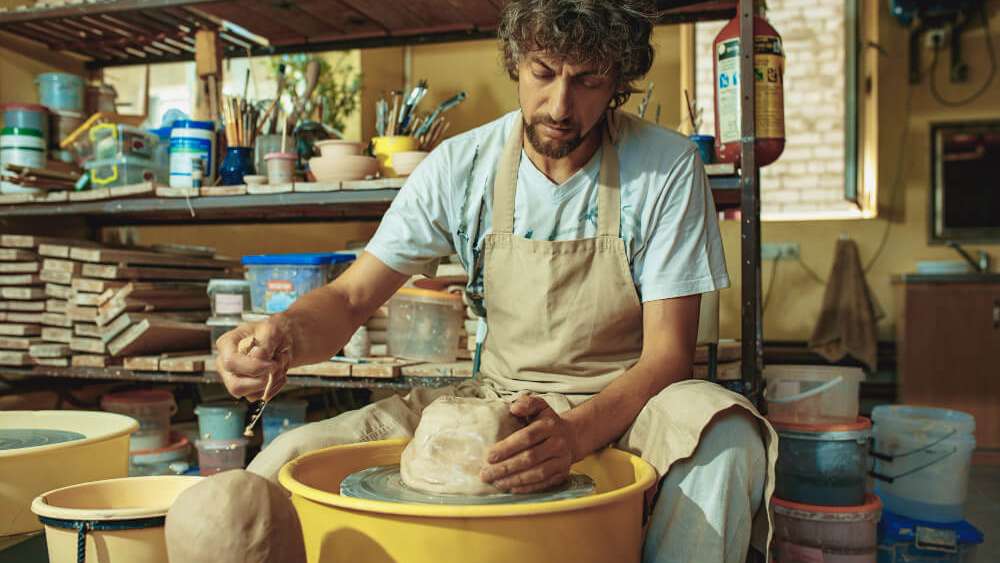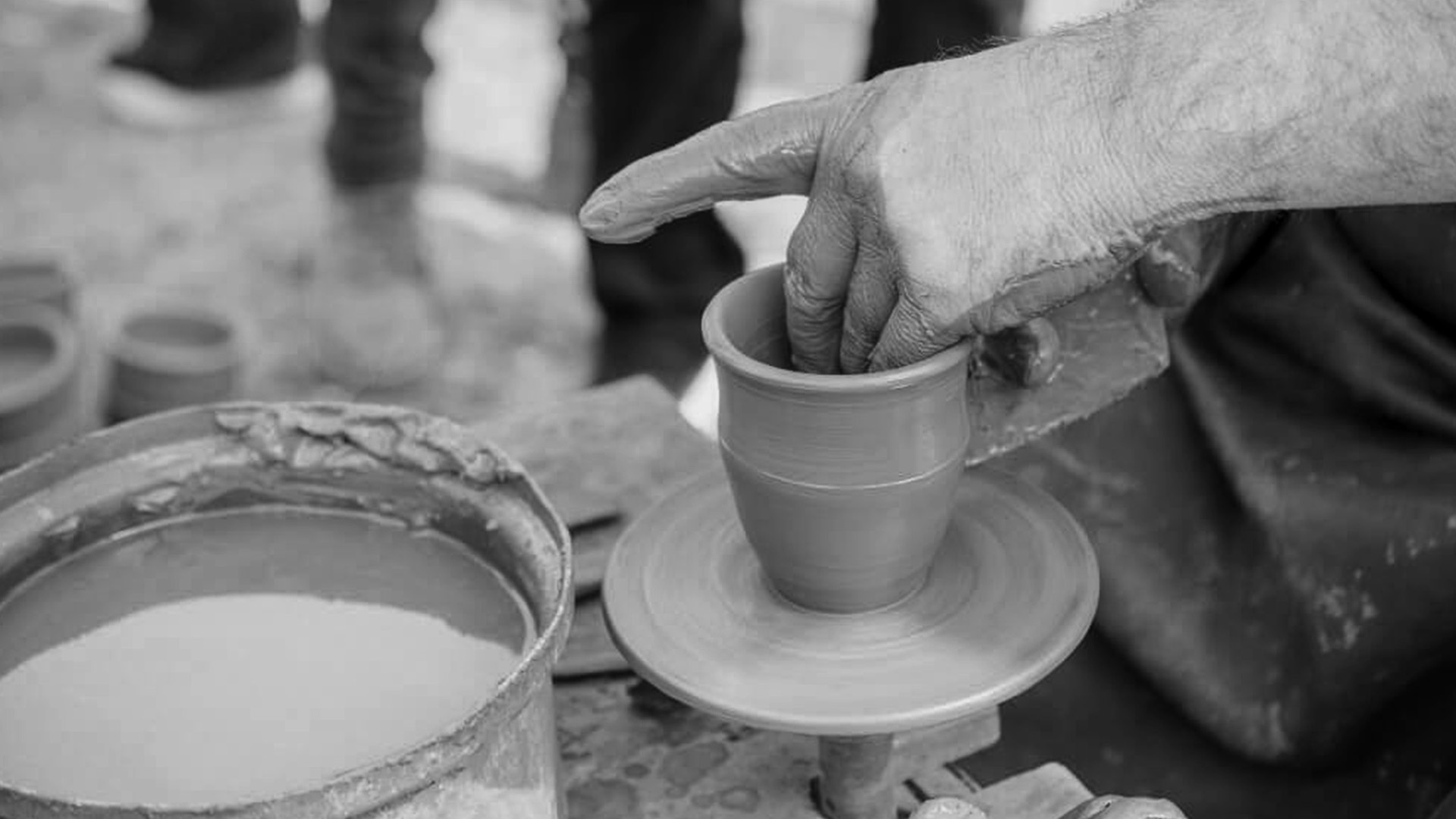Nestled in the heart of Morocco, the majestic Atlas Mountains stand as a symbol of timeless tradition and craftsmanship. This vast and diverse region is not only home to breathtaking landscapes but also to a rich cultural heritage, where Berber artisans have perfected their craft over centuries. From Marrakech to the remote villages of the Atlas, Moroccan craftsmanship reflects a deep history, a way of life passed down through generations, and an intimate connection with the land.
Marrakech: A Crossroads of Moroccan Craftsmanship
At the foot of the Atlas Mountains lies Marrakech, a city that embodies the energy and essence of Moroccan artisanship. Famous for its vibrant souks and bustling markets, Marrakech is a melting pot of artisans—from weavers and potters to jewelers and leatherworkers. Every alleyway in the medina offers a glimpse into a world where objects are meticulously handcrafted, showcasing expertise passed down through generations. Yet, beyond the lively urban atmosphere of the Red City, the true roots of this craftsmanship lie deep within the Atlas Mountains.
Berber Craftsmanship in the Atlas: Tradition and Heritage
Berber craftsmanship is a pillar of Atlas culture, representing a treasure trove of skills that have endured through time. The Berbers, the indigenous people of this mountainous region, are renowned for their exceptional expertise in crafting rugs, jewelry, and pottery. Their craftsmanship is not merely about creating functional or decorative items; it’s an expression of cultural identity, where every pattern and color tells a story, a legend, or a tradition.
Berber rugs, for instance, have gained international recognition for their geometric patterns and intricate handwoven designs. Woven primarily by women in the Atlas villages, these rugs—like the famous Mrir’t rugs—are not only works of art but also practical pieces designed to provide warmth in mountain homes. Each tribe has its distinct patterns, and the weaving techniques vary depending on the region. What makes these rugs unique is the attention to detail and the deep relationship between artisans and the materials they use.
Pottery: A Tradition Rooted in the Atlas
In addition to weaving, pottery holds a special place in the craftsmanship of the Atlas. Berber potters, especially those from the Tamegroute region, are known for their traditional low-temperature firing techniques and their signature green glaze. These hand-crafted pieces are often adorned with symbolic motifs and serve both functional and decorative purposes.
Each pottery item is the result of a long, skillful process that combines knowledge, intuition, and a deep respect for the materials.
Pottery in the Atlas reflects a deep connection to nature. The clay used is sourced from nearby mountains and valleys, and the firing of the pieces is traditionally done in wood-fired kilns. Like the weaving of rugs, pottery requires patience, expertise, and a thorough understanding of the raw materials.

A Symbiotic Relationship Between Nature and Craftsmanship
What sets Berber craftsmanship apart is the harmonious relationship between artisans and their environment. Nature plays a central role in the creation of handcrafted items: the patterns in rugs are often inspired by the mountainous landscapes, valleys, and Sahara dunes. The colors, whether in wool or clay, are naturally derived, echoing the hues of the earth, sky, and flora of the region.
The transmission of these artisanal skills happens through oral tradition and hands-on learning within families, ensuring that these traditions are preserved despite the challenges of modernity. By choosing to purchase handcrafted items from the Atlas, such as those offered by Maison Azoul, you are not only supporting the preservation of this heritage but also helping sustain the communities that keep these traditions alive.



